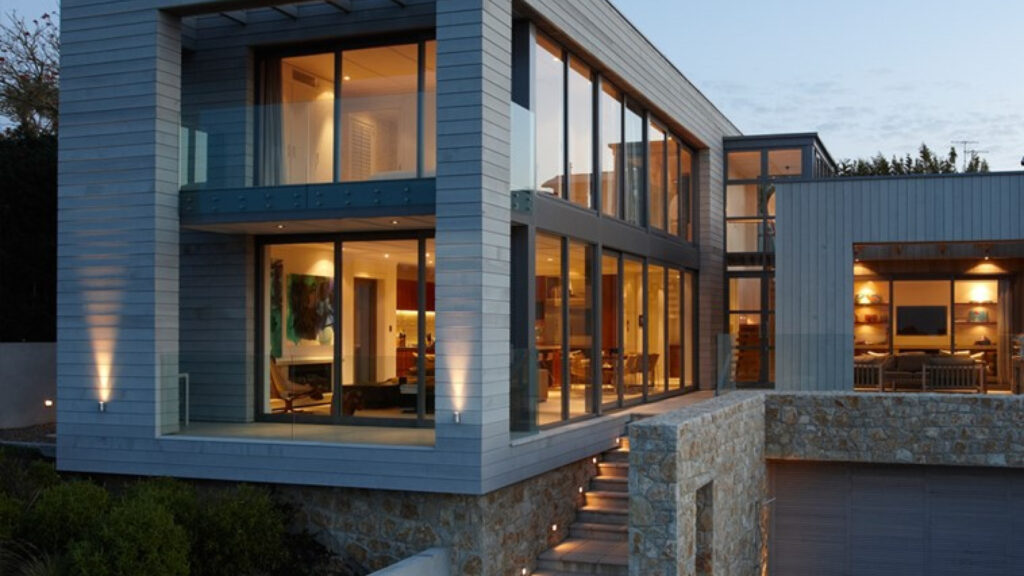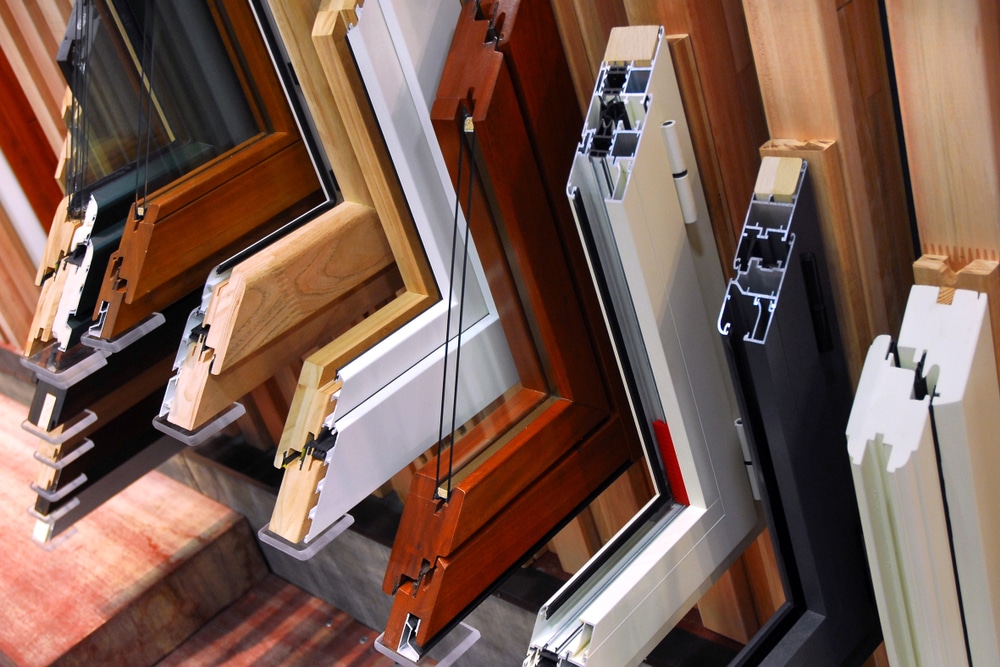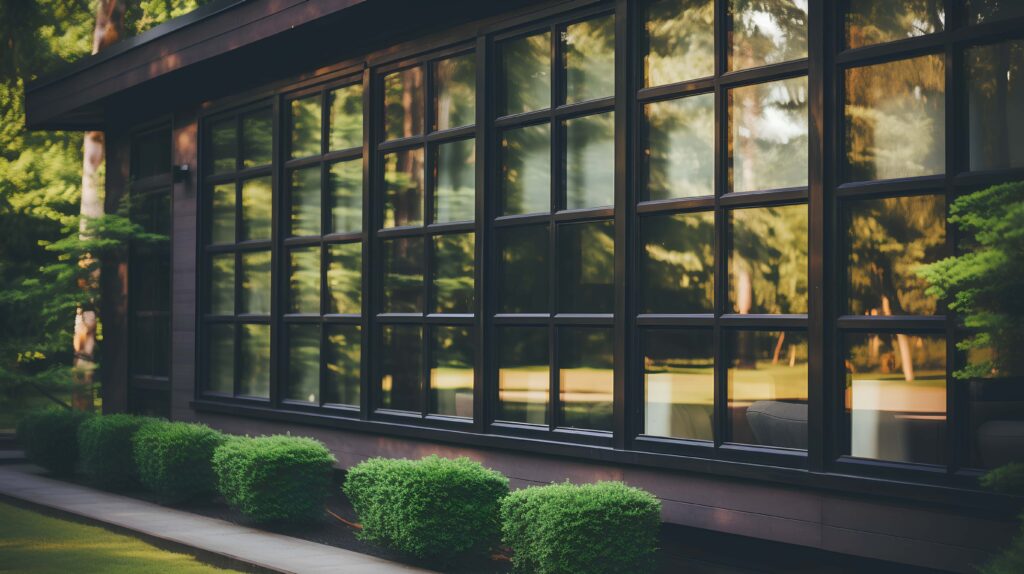When it comes to increasing the value of your home, one often overlooked factor is the role of windows. How windows and their design affect the price of a property is a topic worth exploring, as the right windows can have a significant impact on both the aesthetic appeal and energy efficiency of a home. In this article, we’ll dive into how different window styles, materials, and designs influence property pricing, and why upgrading your windows could be a smart investment.
1. Windows and Property Aesthetics
The design and style of windows can dramatically enhance the overall appearance of a property. Modern, sleek window designs can give a home a contemporary edge, while traditional styles like sash windows or casement windows preserve the character of older buildings. Buyers are often willing to pay more for homes with attractive, well-maintained windows that complement the architectural style of the property.
Aesthetically pleasing windows create better curb appeal, which directly impacts how potential buyers perceive the value of the home. Well-designed windows that allow natural light to flow through the home can make rooms feel larger and more inviting, adding to the property’s appeal.

2. Energy Efficiency and Market Value
Another key factor in how windows and their design affect the price of a property is energy efficiency. Modern energy-efficient windows—such as those with double or triple glazing, insulated frames, or Low-E glass—are a major selling point for today’s buyers. These windows reduce energy consumption by minimizing heat loss in the winter and keeping homes cooler in the summer.
Not only do energy-efficient windows lower utility bills, but they also increase the property’s value. Many buyers are willing to pay more for homes with modern, energy-saving features, knowing they will benefit from lower long-term energy costs. The investment in energy-efficient windows often provides a solid return when it comes time to sell the property.
3. Window Materials and Durability
The material used in window construction plays a crucial role in determining both the performance and value of the property. High-quality materials, such as wood, aluminum, or fiberglass, tend to add more value to a home compared to lower-cost materials like vinyl. Windows made from durable, premium materials are not only long-lasting but also require less maintenance, which is a major consideration for buyers.
Comparison Table: Window Materials
| Material | Durability | Energy Efficiency | Maintenance | Best Use |
|---|---|---|---|---|
| Wood | Moderate | Good | High | Traditional homes or historic properties |
| Vinyl | High | Excellent | Low | Modern homes seeking cost-effective solutions |
| Aluminum | High | Moderate | Low | Contemporary homes with a modern design |
| Fiberglass | Very High | Excellent | Low | High-end homes needing durability and performance |

Wood: Timeless but High Maintenance
Wooden windows are often chosen for their aesthetic appeal, especially in period homes or conservation areas. However, they require regular upkeep to prevent rotting and weather damage.
Vinyl: Affordable and Energy-Efficient
Vinyl windows are a popular choice for modern homes due to their affordability and energy efficiency. They are low maintenance and offer excellent insulation, making them a cost-effective option.
Aluminum: Sleek and Durable
Aluminum windows are favored for their sleek appearance and durability. While they may not provide the same level of insulation as vinyl or fiberglass, their modern look makes them ideal for contemporary homes.
Fiberglass: High Performance with Minimal Maintenance
Fiberglass windows are known for their strength and superior insulation properties. They are long-lasting, require minimal maintenance, and are a premium option for homeowners looking for the best in performance and durability.
4. Window Types and Property Value
The type of window you choose can have a considerable effect on the property’s market value. Large, expansive windows like bay windows or floor-to-ceiling windows are often associated with luxury homes and tend to boost property prices by allowing more natural light and enhancing the overall aesthetic. On the other hand, traditional window types, such as sash windows, are ideal for preserving the character of older homes, which can be a significant selling point for buyers in specific markets.
Functional window types, such as tilt-and-turn windows, offer ease of use and ventilation control, which also appeal to modern buyers looking for convenience.

5. Return on Investment for Window Upgrades
One of the most compelling reasons to upgrade windows is the potential for a high return on investment (ROI). Window replacements can recoup up to 70-80% of their cost when a property is sold. This ROI is even higher for energy-efficient windows, as they add to the overall value of the home by offering both functionality and sustainability. Additionally, homes with upgraded, high-performance windows often sell faster and at a higher price than those with outdated or inefficient windows.

Conclusion
Windows are an essential element of any home, influencing both its aesthetic appeal and energy performance. How windows and their design affect the price of a property is clear when considering factors such as window style, material, energy efficiency, and durability. Investing in modern, energy-efficient windows or maintaining traditional window designs in older homes can significantly increase a property’s market value. Whether you’re looking to sell your home or simply improve its comfort and efficiency, choosing the right windows is a smart and valuable investment.

